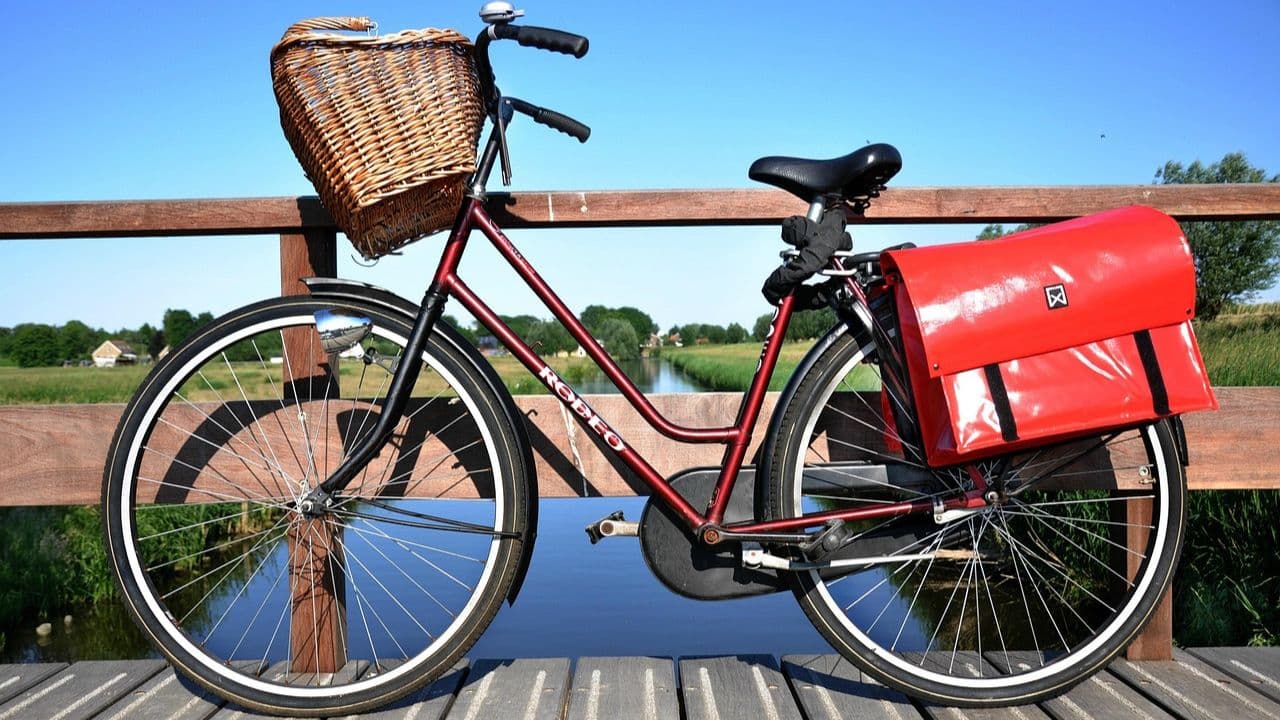Staying safe while cycling should be a priority for every bicycle enthusiast. Accidents can happen anywhere, and recognizing potential hazards can greatly enhance a person’s safety. From understanding traffic laws to making smart equipment choices, there are many strategies that cyclists can implement to minimize risks.
Focus on personal safety and be aware of the surroundings and other road users. Read on to explore practical measures that every cyclist can take to ensure their safety and well-being on the road.
Understand Traffic Laws
Knowledge of traffic laws is necessary for cyclists to operate safely on roads. Riders must know how to navigate intersections, signaling their intentions to other road users and adhering to traffic signals. Even though cyclists have the same rights as vehicles, many drivers may not anticipate the actions of cyclists. Therefore, understanding local laws and traffic regulations plays an integral role in safety.
To ensure their legality while cycling, individuals should also familiarize themselves with rules about lane splitting and riding on sidewalks. If accidents do occur, it might be time to employ a
bicycle accident attorney who can provide insight into these laws and navigate them properly. Safety on the road always starts with better education about local laws.
Wear Appropriate Safety Gear
Safety gear prevents accidents and reduces the chance of injury. A properly fitted helmet can lower the risk of head injuries during a fall or collision. Cyclists should also consider clothing made from reflective materials, making them more visible to drivers, especially at night or in poor weather conditions.
Accessories such as padded gloves can provide comfort and improve grip, enhancing control of the bike. Knee and elbow pads can offer another layer of protection for those who frequently ride in rugged terrains or during trick events. Investing in quality gear contributes to a safer cycling experience. Enthusiasts should also regularly check their gear for any wear and tear before heading out on a ride.
Choose the Right Bicycle
Different terrains require different types of bicycles. Mountain bikes are engineered for off-road trails, while road bikes are favored for smooth pavement. Make sure that the bicycle is well-suited for the intended type of riding to prevent many accidents. Proper bicycle maintenance can further enhance safety; ensuring brakes work efficiently and tires are inflated properly can make a substantial difference during a ride.
Riders should also invest in features such as lights and reflectors, which increase visibility. Since each rider has unique preferences and body types, fitting the bike for comfort should not be overlooked. A bike shop professional can offer advice on how to pick the most appropriate bicycle.
Stay Alert and Aware
Awareness of surroundings serves as the primary line of defense against potential dangers. Cyclists should regularly scan the road for obstacles, signals from other drivers, and interactions with pedestrians. Being mindful of blind spots, especially around large vehicles, can help in avoiding unnecessary accidents.
Limit distractions such as cell phone use, music players, or errant conversations. These distractions can divert attention from current road conditions, increasing the risk of incidents. Know that understanding weather conditions and how they affect road surfaces is part of being a proactive cyclist.
Follow Safe Riding Practices
Safe riding practices contribute to road safety for cyclists. Techniques such as maintaining a predictable riding pattern, signaling turns, and avoiding weaving between vehicles can reduce the likelihood of accidents. Riders should also familiarize themselves with how to handle their bicycles, including braking properly on downhill slopes and navigating turns securely.
Lane discipline is a necessity; cyclists should ride in the same direction as traffic and use designated bike lanes whenever possible. It’s also advisable to ride in groups rather than alone, as this can enhance visibility and safety. Everyone within a cycling group should understand basic hand signals and communication tactics for navigating roads effectively. Staying visible and predictable dramatically reduces risks and enhances the safety level on the road.
Maintain The Bicycle
A well-maintained bicycle translates into safe cycling. Regular checks should include inspecting the brakes, tires, chains, and gears to ensure they function properly. Tires should have adequate pressure and tread; under-inflated or worn tires can lead to loss of traction or blowouts.
It’s also wise to clean and lubricate the bike regularly to prevent rust and other wear and tear effects. Cyclists who are unsure about how to maintain their bikes should take them to a local shop for a professional tune-up. Keeping the bike in optimal condition not only enhances safety but also makes the rides more enjoyable and efficient.
Keeping these important tips in mind can significantly enhance safety on the road for bicycle enthusiasts. These easy tips are all effective measures to reduce the risks of accidents on the road. Cycling should remain a fun and fulfilling experience, free from undue worries about safety.









































